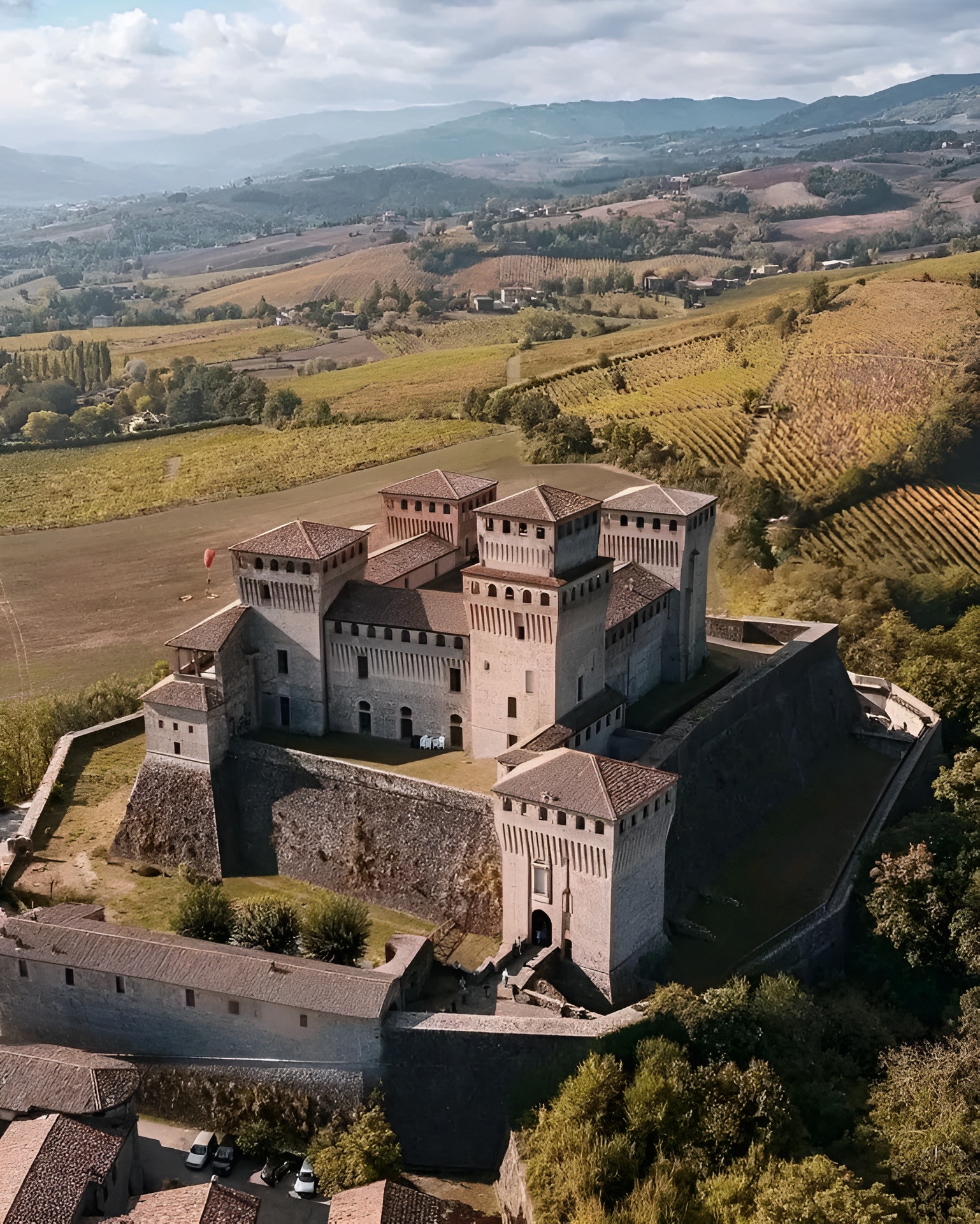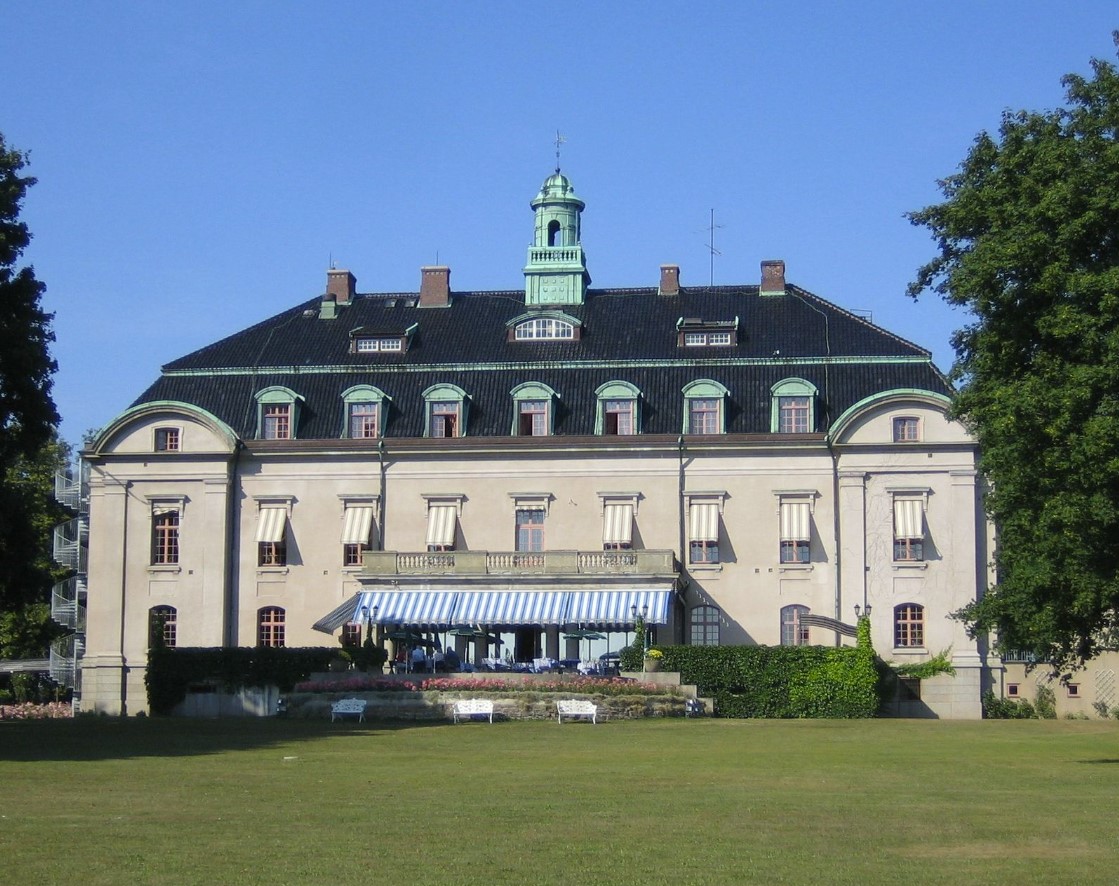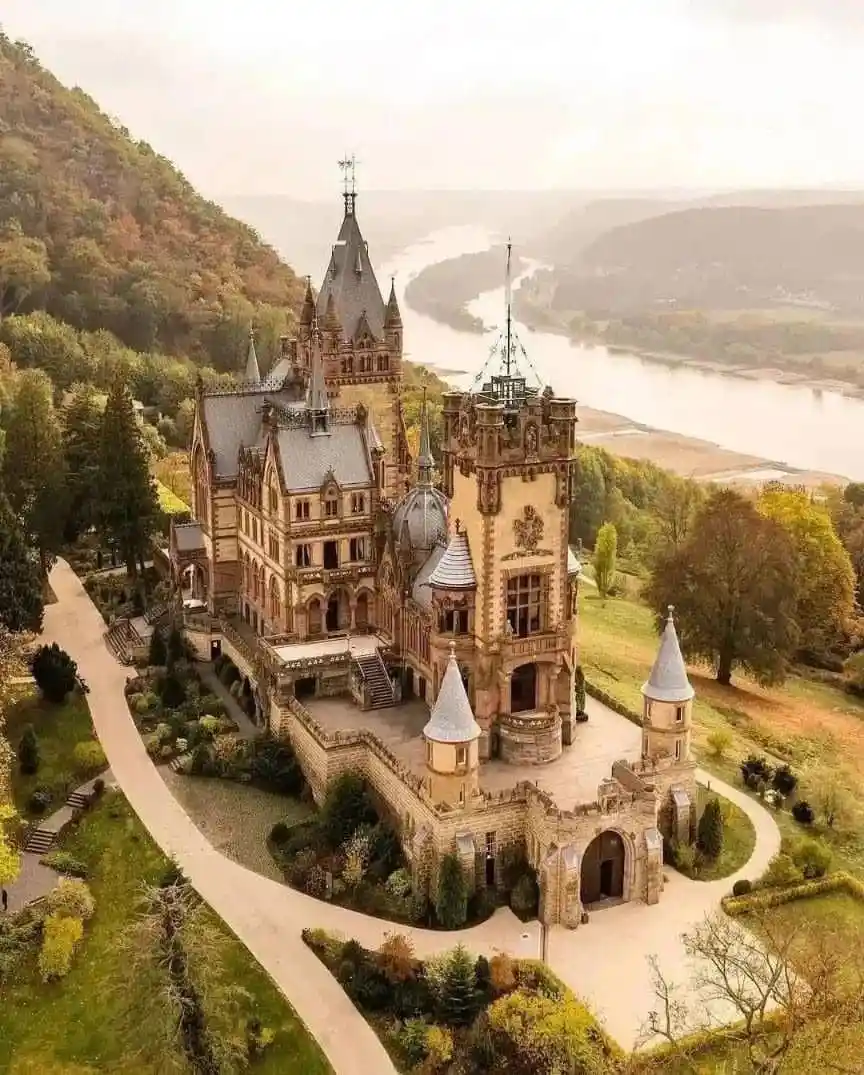Perched atop the rugged Hohenzollern Mountain in southwestern Germany, Burg Hohenzollern stands as one of the most iconic and picturesque castles in Europe. This fairy-tale fortress, with its striking spires, panoramic views, and rich history, embodies the grandeur of the medieval era and the romanticism of the 19th century. As the ancestral seat of the Prussian royal family and a symbol of historical significance, Burg Hohenzollern offers visitors an enchanting journey into the heart of German nobility and architectural splendor.
Historical Background
Burg Hohenzollern’s history dates back to the 11th century when it was initially constructed as a defensive fortification by the Hohenzollern family. The castle’s strategic location atop a steep mountain provided a commanding vantage point over the surrounding landscape, making it an ideal site for defense and control.
The original structure, known as the “Old Castle,” was subjected to multiple sieges and changes over the centuries. In the 16th century, it fell into disrepair and was eventually abandoned. However, the castle’s legacy was revived in the 19th century by King Friedrich Wilhelm IV of Prussia, who embarked on a major restoration project. Inspired by the romantic ideals of the era, the king transformed Burg Hohenzollern into the elaborate and picturesque fortress that stands today.
Architectural Splendor
Burg Hohenzollern is renowned for its striking neo-Gothic architecture, which reflects the romantic vision of the 19th century. The castle’s turrets, battlements, and spires create a fairy-tale appearance that seems to rise dramatically from the mountain. The intricate details of the castle’s façade, including its decorative carvings and ornamental features, highlight the craftsmanship and artistic sensibilities of the period.
The interior of Burg Hohenzollern is equally impressive, with richly decorated rooms that showcase the opulence of the Prussian royal family. The castle’s state rooms, including the Grand Hall and the Throne Room, are adorned with luxurious furnishings, ornate woodwork, and beautiful tapestries. The Throne Room, with its majestic throne and elaborate decor, reflects the castle’s role as a symbol of royal power and authority.
One of the most notable features of the castle is its impressive collection of medieval armor and weaponry, displayed in the Armory. The collection includes suits of armor, swords, and other historical artifacts that provide insight into the castle’s military history and the evolution of warfare.
Scenic Surroundings
The castle’s location on the Hohenzollern Mountain offers breathtaking views of the Swabian Alps and the surrounding countryside. The panoramic vistas from the castle provide a stunning backdrop for exploring the fortress and its grounds. Visitors can enjoy scenic walks along the castle’s perimeter and take in the picturesque landscape that stretches for miles.
The castle’s gardens, though modest in comparison to its architectural grandeur, are beautifully maintained and add to the castle’s charm. The terraced gardens and surrounding parkland offer a tranquil environment for relaxation and reflection.
Cultural Significance and Modern Attractions
Burg Hohenzollern is not only a historical monument but also a vibrant cultural site. It hosts a variety of events and activities throughout the year, including historical reenactments, concerts, and festivals. These events bring the castle’s rich history to life and offer visitors an opportunity to engage with its cultural heritage.
The castle is also home to a museum that provides informative exhibits about its history, architecture, and the Hohenzollern dynasty. The museum’s collections include historical documents, artworks, and personal items belonging to the Prussian royal family.
In addition to its historical and cultural offerings, Burg Hohenzollern serves as a picturesque venue for special events such as weddings and private functions. The castle’s romantic setting and historical ambiance make it a popular choice for those seeking a memorable and unique location for their celebrations.
Conclusion
Burg Hohenzollern is a majestic and captivating fortress that stands as a testament to the grandeur and romance of German history. Its stunning architecture, breathtaking views, and rich cultural heritage make it a must-visit destination for history enthusiasts and travelers alike. Whether exploring its opulent interiors, enjoying the scenic surroundings, or participating in its cultural events, visitors to Burg Hohenzollern will find themselves enchanted by this timeless and enchanting castle. As a crown jewel of the Swabian Alps, Burg Hohenzollern continues to inspire and captivate, preserving the legacy of its illustrious past while welcoming visitors to experience its enduring charm.


